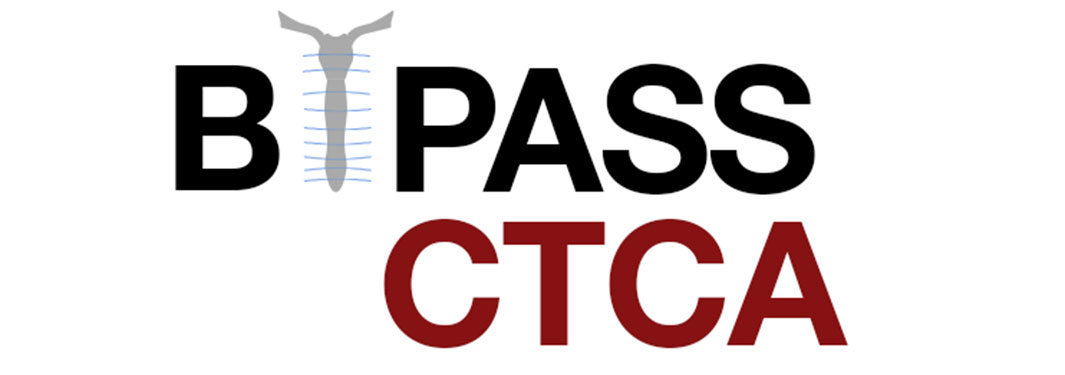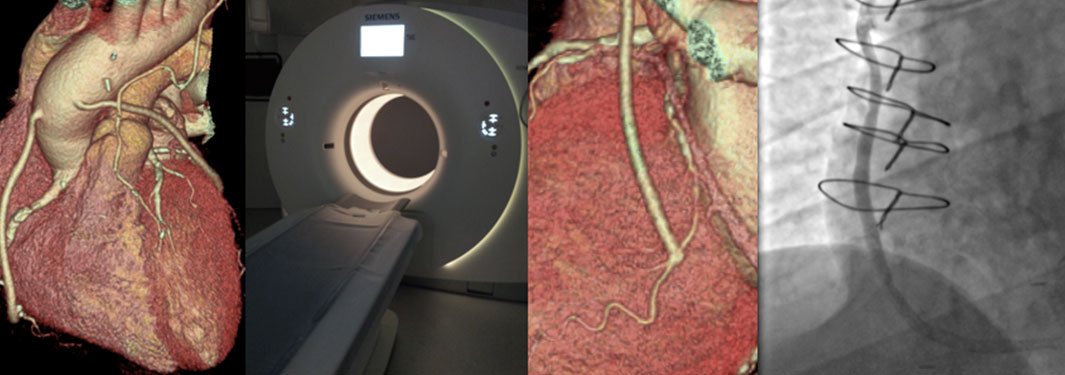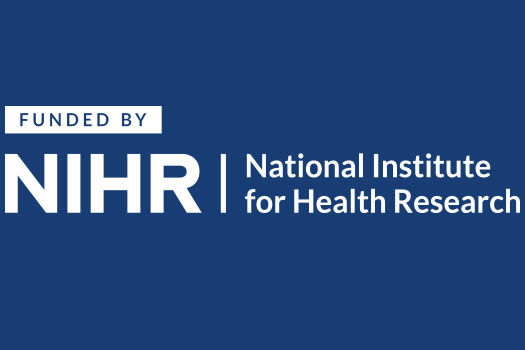BYPASS-CTCA


Read the papers:
- CTCA Prior to Invasive Coronary Angiography in Patients With Previous Bypass Surgery: Patient-Related Outcomes, Imaging Resource Utilization, and Cardiac Events at 3 Years From the BYPASS-CTCA Trial
- The effect of CTCA guided selective invasive graft assessment on coronary angiographic parameters and outcomes
Full title: A Randomised controlled trial assessing the value of Computed Tomography Cardiac Angiography (CTCA) in improving patient satisfaction and reducing contrast load, procedural duration and complications in patients who had previous bypass operation undergoing invasive coronary angiography
Short title: BYPASS-CTCA
Sponsor: Queen Mary University of London
Funder: National Institute of Health Research
Chief Investigator: Dr Dan Jones, Reader in Interventional Cardiology Clinical Trials, Queen Mary University London
Co-investigators: Professor Anthony Mathur, Professor of Cardiology, Queen Mary University London; Dr Christos Bourantas, Consultant Cardiologist, Bart’s Health NHS Trust; Dr Francesca Pugliese, Consultant Cardiologist, Bart’s Health NHS Trust
Contact: daniel.jones@qmul.ac.uk (CI)
Registration: https://www.clinicaltrials.gov/study/NCT03736018
Study design: Phase II randomised controlled trial
Objectives:
- To determine whether CTCA reduces invasive coronary angiography procedural duration compared to invasive coronary angiography alone in patients with previous CABG
- To determine whether CTCA reduces the incidence of Contrast Induced nephropathy (CIN) occurring following invasive coronary angiography in patients with previous CABG
- To determine whether CTCA improves patient satisfaction following invasive coronary angiography in patients with previous CABG
Number of participants: 688
Device used: CTCA
Study duration: 5 years
Location: Bart’s Health NHS Trust
Summary: Many people suffer from angina (chest pain, which comes on with exertion and is relieved by rest), caused by narrowing’s in the coronary arteries, visualised by a special X-ray-based examination called a coronary angiogram. Angina can be treated with an operation in which the narrowings are bypassed, otherwise known as coronary artery bypass grafting (CABG).
The problem is that over time these bypasses can narrow and block, therefore these patients often redevelop chest pain and require further coronary angiograms. For patients with previous bypasses, coronary angiography procedures can lead to a number of complications. Procedures last longer, lead to higher doses of radiation and higher contrast (x-ray dye) volumes which can be associated with kidney damage. This is because the placements of the grafts vary and therefore it can take longer to find them, subjecting patients to greater risks and more discomfort.
Computerised Tomography Coronary Angiography (CTCA) involves using a CT scan to identify coronary artery narrowings. It has fewer risks than coronary angiography, and is very accurate at finding blockages and the location of bypass grafts. Although the ability of CTCA to detect the position and condition of bypass grafts is well known, it is unclear whether this scan leads to safer coronary angiography. The aim of the study is to see if the CTCA scan before the procedure can make angiography safer, shorter and more comfortable for the patient.
